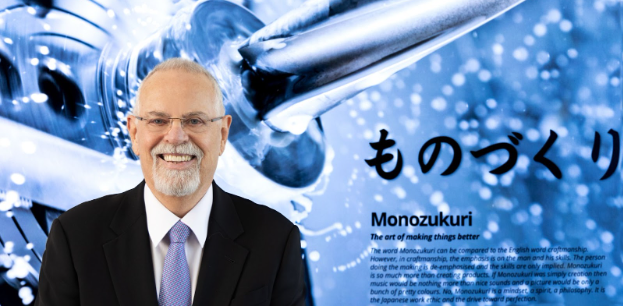As an experienced portrait photographer, I often get asked how to make sure your portraits stand out from the crowd – especially when it comes to executive photography.
It’s no secret that first impressions count, and in today’s competitive business world, it’s more important than ever to make sure you’re putting your best foot forward.
This is particularly true for people in C-suite or executive roles.
Your executive portrait is often the first thing people will see when they visit your website or social media profile, so it’s important to make sure it’s an accurate representation of who you are and what you do.
In this article we tackle the importance of the executive portrait, how to make sure it captures you and your work in the best possible light, and some of the different applications for executive portraits.
The importance of the executive portrait for C-Suite executives and directors
As a C-suite executive or director, your time is precious. You’re often pulled in a million different directions and have very little time to spare.
So why is it worth taking the time out of your busy schedule to get a professional executive portrait done?
Firstly, your executive portrait is often the first thing people will see when they visit your website or social media profile. It’s important to make sure it’s an accurate representation of who you are and what you do
A well-crafted executive portrait will convey confidence, authority and credibility – all important qualities for anyone in a leadership role
It will also help you to stand out from the crowd and make a positive first impression and – if done creatively – can also demonstrate what your organisation is striving to achieve.
Capturing You And What You Do
When it comes to executive portraits, I like to think of them as ‘big-picture’ shots that capture not only what you look like, but also who you are and what you do
Your portrait should tell a story about your role within the organisation and convey the values and culture of your company
For example, the CFO of a transport company might be pictured with the trucks and drivers in the background to convey the size and scope of the organisation.
The CEO of a construction company might be pictured on top of a crane with his company’s latest high-rise project in the background.
These are just two creative examples of how portrait photography can be given a grander scope and therefore convey a grander message about who this photo is of and what they and the organisation they are a part of are doing.
Whilst the traditional portrait on a plain background will always have a role, it’s important to think about how you can get the most bang for your buck from the spend you make on portrait photography and capture a range of portraits that can be used in a wide range of scenarios.
It’s important to work with a photographer who understands your business and can help you to craft a portrait that tells your unique story in a creative and impactful way.
The different applications of C-suite portraits
Once you’ve got your executive portrait, it’s important to think about how you can use it across a range of channels and marketing materials
Your portrait should be included on
– Your website
– Your LinkedIn profile
– Your company’s annual report
– Your company’s brochures and marketing collateral
– Tender documents
– Your email signature
– Your business card
It’s also worth considering using your portrait in other, more creative ways such as
– On billboards or public transport advertising
– In the company newsletter or intranet site
– On social media (e.g. Twitter, Facebook, Instagram)
A professional executive portrait is a powerful marketing tool that can be used in a wide range of ways to help you and your organisation to stand out from the crowd.
Simon James is a professional photographer with over 26 years of experience in portraiture. He has a passion for helping people to look their best and capturing their unique stories. To find out more about Simon and his work, contact him today at 0417 000 456.



